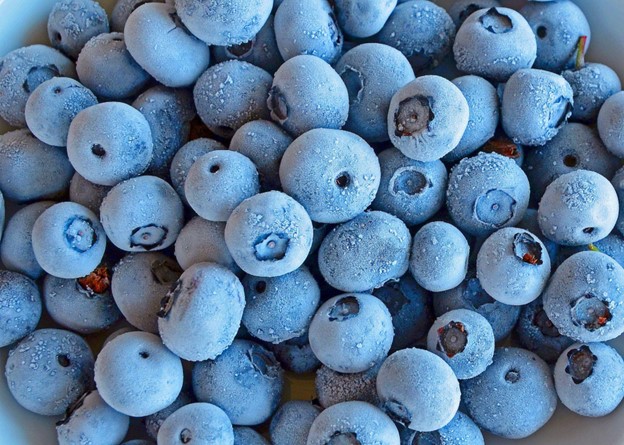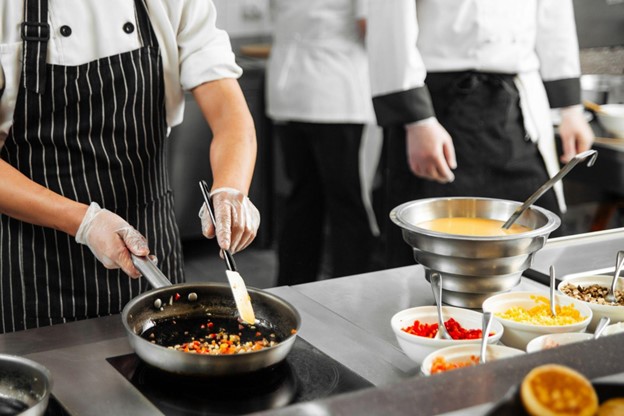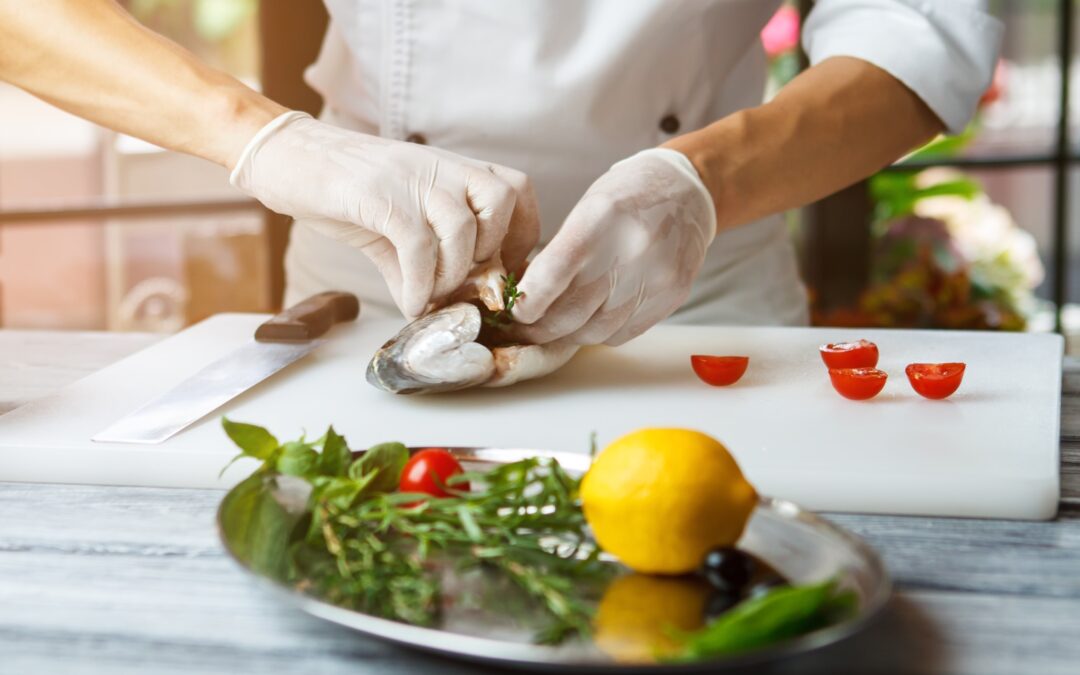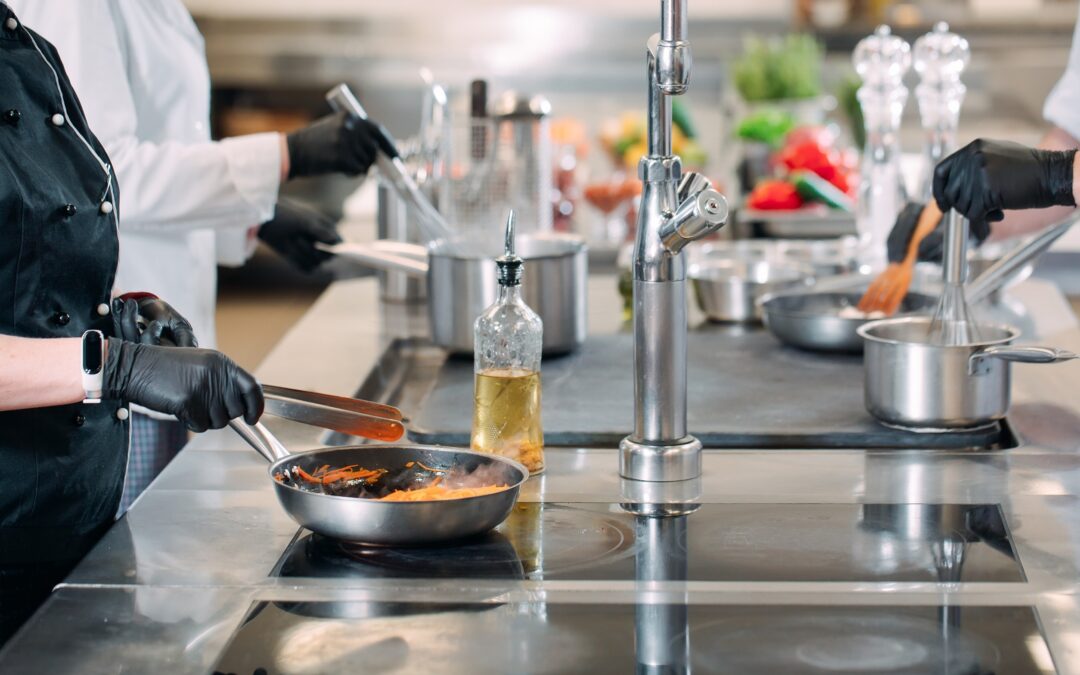March 6 was National Frozen Food Day, a day when we celebrate the convenience and versatility of frozen foods. Frozen foods have been a staple for many years, providing an easy and quick option for creating meals. However, as with all foods, with the convenience of frozen foods comes the responsibility of ensuring their safety for consumption.
Read on to learn how to safely thaw, freeze, and store frozen food in both your home and the food service industry.
Thawing Frozen Foods
When it comes to safe temperatures and thawing frozen foods, make certain you know about the danger zone. Bacteria can grow rapidly when the temperature is between 41°F and 135°F, making it critical to thaw frozen foods properly to prevent foodborne illness from happening due to this danger zone.
One method for thawing frozen foods is to move them from the freezer to the refrigerator, keeping them at a temperature of 41°F (5°C) or lower, and allow them to thaw slowly over time. This method ensures that the food stays within the safe temperature range and does not promote bacterial growth.
A method for thawing frozen food quickly is submerge food under running, drinkable water at 70°F (21°C) or lower. Always use a clean and sanitized food-prep sink when thawing food this way. The temperature of the food should never go above 41°F (5°C) for longer than four hours.
Another method of thawing TCS foods is to thaw using a microwave. This method should only be used if the food will be cooked immediately after thawing. After thawing, the food should be cooked in conventional cooking equipment, such as an oven.
Never resort to thawing frozen food at room temperature, as this can aid bacterial growth and cause foodborne illnesses.
Freezing Foods
The optimal temperature for freezing food is 0°F or below. At this temperature, the food will freeze quickly, reducing the risk of bacteria growth and maintaining the quality of the food. While prepping the bag for putting in the freezer, label and date it as well, as this will help you make sure you consume the food before its quality deteriorates.
Storing Food in the Freezer
When storing food in the freezer, make sure to store raw meat, poultry, and seafood separately from other foods to prevent cross-contamination. Raw meat, poultry, and seafood should be stored on the lowest shelf to prevent any drips or leaks from contaminating other foods.
ServSafe Food Manager and ServSafe Food Handler Programs
The ServSafe Food Manager and ServSafe Food Handler programs teach food safety principles and provide training and certification for food service workers.
The ServSafe Food Manager program is designed for managers and supervisors who oversee food service operations. The program covers topics such as foodborne illness, temperature control, and cleaning and sanitizing. It also provides certification for managers who complete the program
The ServSafe Food Handler program is designed for frontline food service workers, such as servers, chefs, and cooks. The program covers topics such as personal hygiene, cross-contamination, and time and temperature control. It also provides certification for workers who complete the program.
Are you looking to pursue a career in the food service industry? Look no further than TSC Associates! We provide comprehensive training programs designed to equip you with the skills and knowledge needed to ensure safety in any food service job you pursue, such as ServSafe Food Handler training. Contact us today for more information on our training programs and start your journey towards a successful and safe career in the food service industry!




